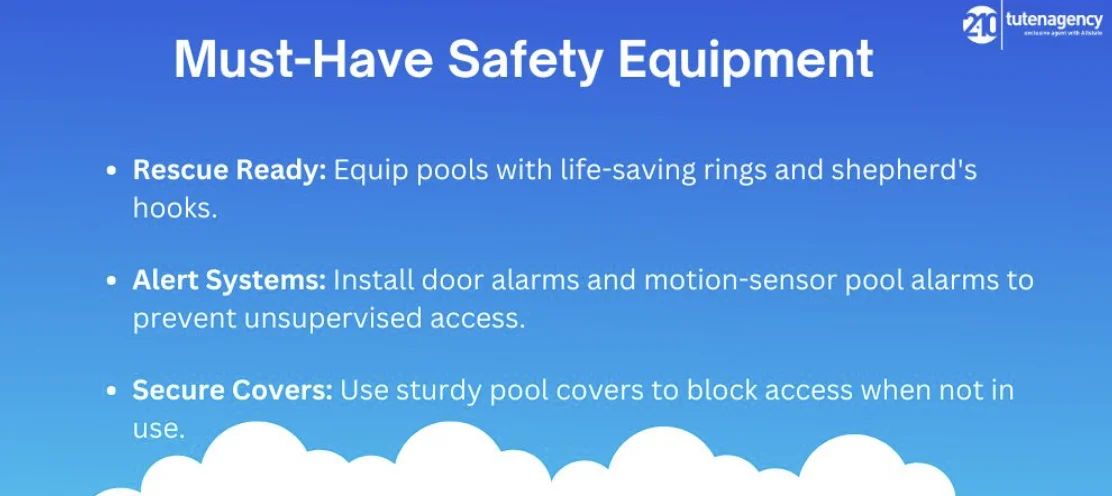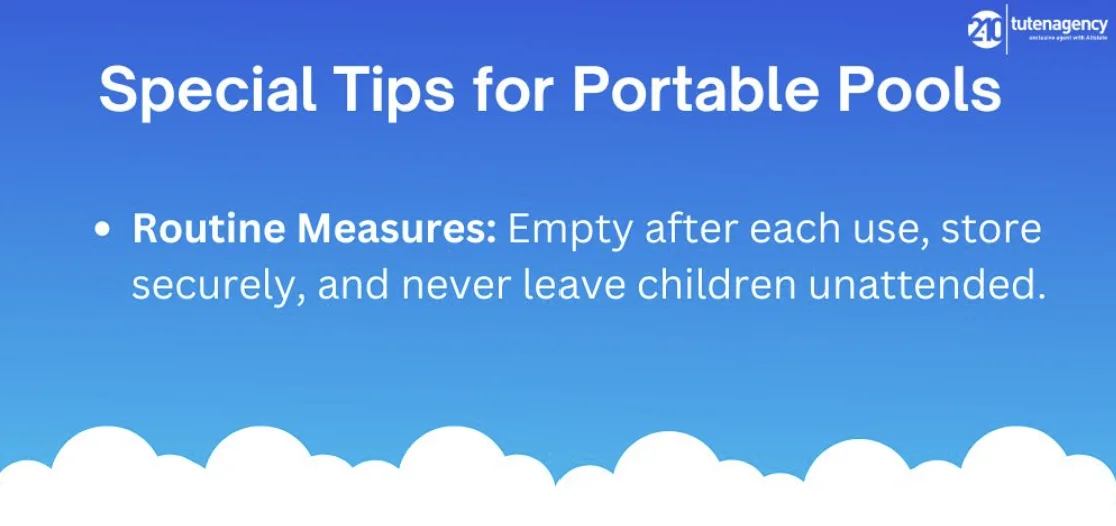Backyard pools are a key element of leisure and relaxation for many families. Whether it involves a dip in an above-ground pool, a swim in an in-ground pool, or a soak in a hot tub, pools are a popular way for families to unwind and have fun. However, safety concerns are significant with millions of stationary swimming pools and hot tubs. Tragically, drowning ranks as one of the top causes of death for children under 15, with the majority of these incidents happening in residential pools. This makes it clear that maintaining pool safety is not merely important—it is crucial.
Understanding the Risks
Pools, while enjoyable, present real risks, especially to young children. The statistics are alarming: a high percentage of drowning deaths of children under 15 occur at home. Portable pools, which may seem less risky because of their smaller size, are just as dangerous. A child drowns in one of these pools every few days. Acknowledging these dangers is the initial step towards averting such tragedies.
Essential Physical Safety Features
A sturdy safety fence serves as the primary barrier against pool accidents. The fence should be at least 60 inches tall and encircle all four sides of the pool, with none being part of the house. Gates need to be self-closing and self-latching, opening outward and away from the pool to restrict easy entry by young children.
Safety Equipment Every Pool Should Have
In addition to structural barriers, several safety devices are crucial:
- Life-saving Ring and Shepherd’s Hook: These can pull someone in trouble to safety.
- Door Alarms: Alarms on doors lead to the pool alert when a child enters the pool area unsupervised.
- Pool Covers and Alarms: A sturdy pool cover can prevent access when the pool is not in use, and an underwater motion-sensor alarm can alert if someone enters the water unexpectedly.

Educational Safety Measures
Safety isn’t only about physical barriers and equipment; knowledge and vigilance play critical roles. It is advised that children begin swimming lessons by the age of four. Additionally, adults supervising children near water should undergo CPR training designed for children and adults, enabling them to react promptly and effectively in emergencies.
Maintenance and Compliance
Keeping a pool safe involves regular maintenance and compliance with local safety regulations. Annual inspections by professionals can catch hazards like cracked drain covers or improper fencing. Additionally, homeowners should be familiar with and adhere to local regulations to ensure their pool area meets safety standards.
Year-Round Safety Practices
Pool safety is a year-round commitment. During off-season months, it’s important to:
- Ensure fences and covers are intact.
- Store pool chemicals in a locked, ventilated area.
- Remove ladders and steps to prevent unsupervised access by children.
Special Tips for Portable Pools
Portable pools should be considered in terms of risk. To keep children safe:
- Always empty portable pools after each use.
- Store them securely, out of children’s reach.
- Never leave children unattended while they are in use.

Overview
The joy a swimming pool brings a family can be overshadowed by tragedy without proper safety measures. While pools are designed for fun and relaxation, they demand respect for the dangers they pose. Homeowners can greatly minimize the dangers linked to their swimming pools by establishing strong physical barriers, maintaining the right safety equipment, and teaching all pool users about safe practices. Constant vigilance is crucial; even a brief inattention can result in irreversible consequences. Therefore, it’s essential to prioritize pool safety to ensure that our backyard retreats are secure for everyone.
FAQs
What is the recommended depth for a safe residential swimming pool?
The depth of a residential pool should be appropriate for its users. For families with small children, a maximum depth of 5 feet is often recommended. However, if all members are competent swimmers, deeper pools might be considered. Always follow local regulations and consider the swimming abilities of all users.
Are pool covers effective in preventing accidents?
Yes, pool covers are highly effective in preventing accidents, particularly those involving young children and pets. A sturdy, well-fitted pool cover not only helps in keeping the pool clean but also prevents accidental falls into the water when the pool is not in use.
How can I ensure the safety of elderly guests around the pool?
Ensure the pool area is free of obstacles and slip hazards. Install handrails for extra support around the pool and in the pool. Consider a pool alarm that notifies you if someone enters the pool area, and always have someone supervise the pool when it is in use.
What additional safety features can be added to enhance pool safety?
Additional safety features include anti-entrapment drain covers to prevent hair and limbs from getting stuck, a pool alarm system that alerts you to unexpected entry into the water, and enhanced lighting around the pool area to improve visibility at night.
Get the right coverage for your home with tutenagency
New tutenagency customers?
Quote homeowners insurance online or call (334) 502-5111 to insure your home.
Legal Disclaimer: ADVERTISING MATERIAL ONLY. Do not rely on this site or this article for legal or financial advice. The information provided on 210agency.com is strictly for educational purposes and to provide you with general educational information. Since state laws and financial regulations are subject to change, please schedule an appointment with an attorney or qualified financial advisor in your area to further discuss your personal situation. This public information is neither intended to, nor will it, create an attorney-client or financial representative relationship.

